Famous for its amazing landscape and geological wonders, Pakistan is a country that fascinates every traveller. The country’s largest province, Balochistan, alone is home to many intriguing natural sites to visit, including Hingol National Park. The park is a large natural reserve that greatly adds to the significance of the province in terms of tourism.
We are dedicating this blog to reveal some of the most fantastic tourist attractions that Hingol National Park nestles, along with the means of transportation needed to get there. But before that, let’s get to know a little bit more about the park itself.
About Hingol National Park

One of the most fascinating places to visit in Balochistan, Hingol National Parks is situated along the Makran Coastal Highway, covering an area of around 1,650 square kilometres. A large chunk of the park is covered with drift sand, which is why it has also been classified as a semi-coastal desert. The park is counted among the most important natural reserves in Pakistan. It partially spreads over three districts of Balochistan including Gwadar, Awaran, and Lasbela, because of which it features a variety of topographical features, from sub-tropical forests to arid mountains.
Tourist Attractions in Hingol National Park
As we already discussed, this natural reserve is best known for hosting some of the most popular tourist spots in Balochistan. So, let’s list down and discuss each of them in more detail.
- Princess of Hope
- Lion of Balochistan
- Hindu Temples
- Natural Oases
- Kund Malir Beach
- Hingol Mud Volcanoes
Princess of Hope
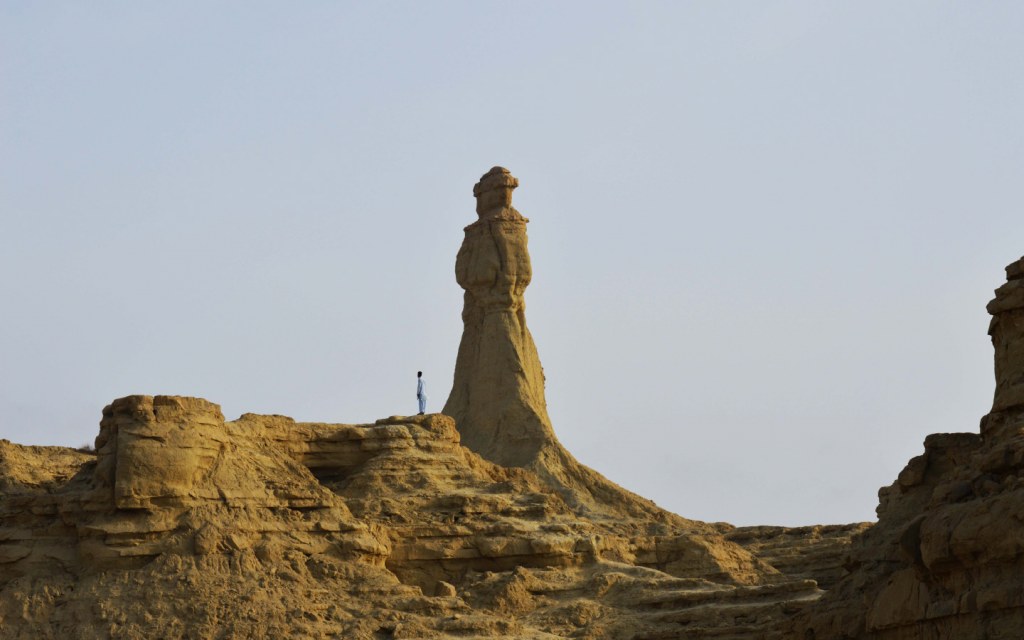
The entire landscape of Hingol National Park is dotted with mountains and gorges of rock and mud. The erosions caused by changing weather have resulted in incredible natural rock formations, such as the Princess of Hope. Standing high on a mountain range running along Makran Coastal Highway, this nicely sculpted object, which is a result of an alleged natural occurring, leaves everyone spellbound.
Lion of Balochistan
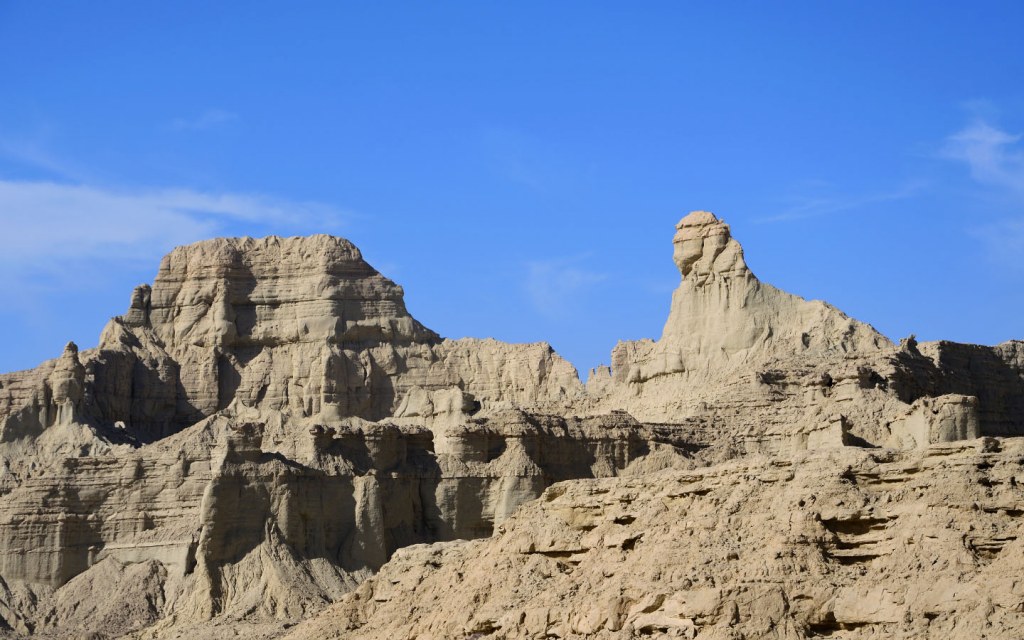
The unique, natural rock formations in Hingol National Park are a result of wind and rain. One of the most significant natural structures in the area is a sphinx (a mythical creature having the body of a lion and the head of a human), popularly known as the Lion of Balochistan. The structure boasts enough similarities to remind you of the sphinxes in Egypt, but unlike those human-made structures, this incredible rock formation is believed to be nature’s doing.
Hinglaj Devi Temple
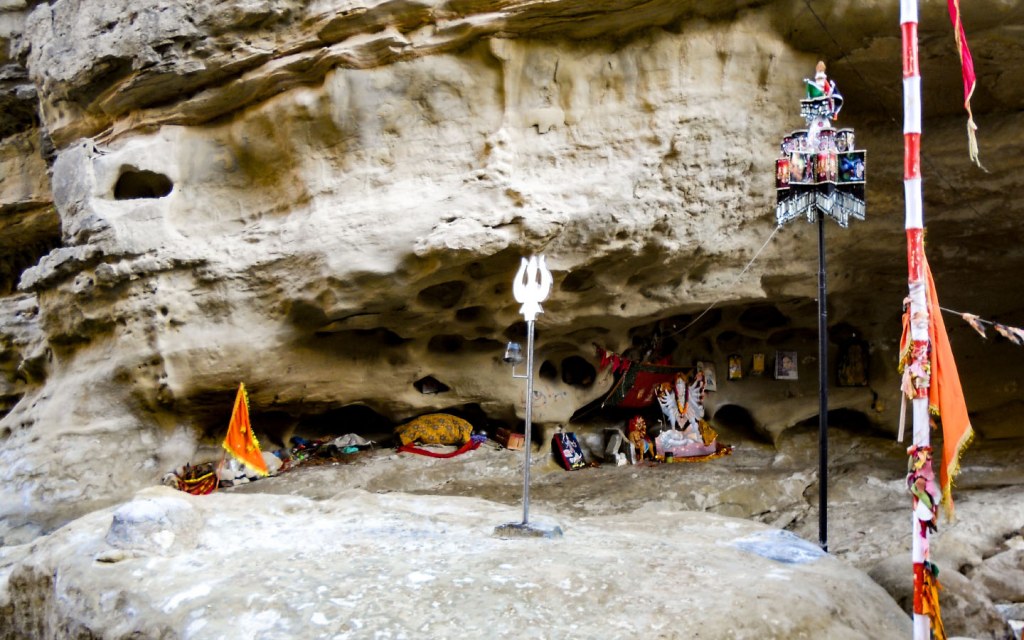
Hingol National Park is also home to Hinglaj Devi Mandir, a temple uniquely located in a cave found in a mountain standing in Makran desert. It is a place of religious and spiritual reverence for the Hindu community in Pakistan. Every year, devotees from different regions of the country come here to attend a four-day pilgrimage to the Hinglaj Devi Temple.
Natural Oases

While exploring this fascinating national park, you will come across many spots with fresh, clean water in the form of small lakes, streams, and ponds, surrounded by greenery and vegetation. This is the unique beauty of this place and one of the key sources for animals to survive in the barren and harsh environment of this rocky desert of Balochistan.
Kund Malir Beach
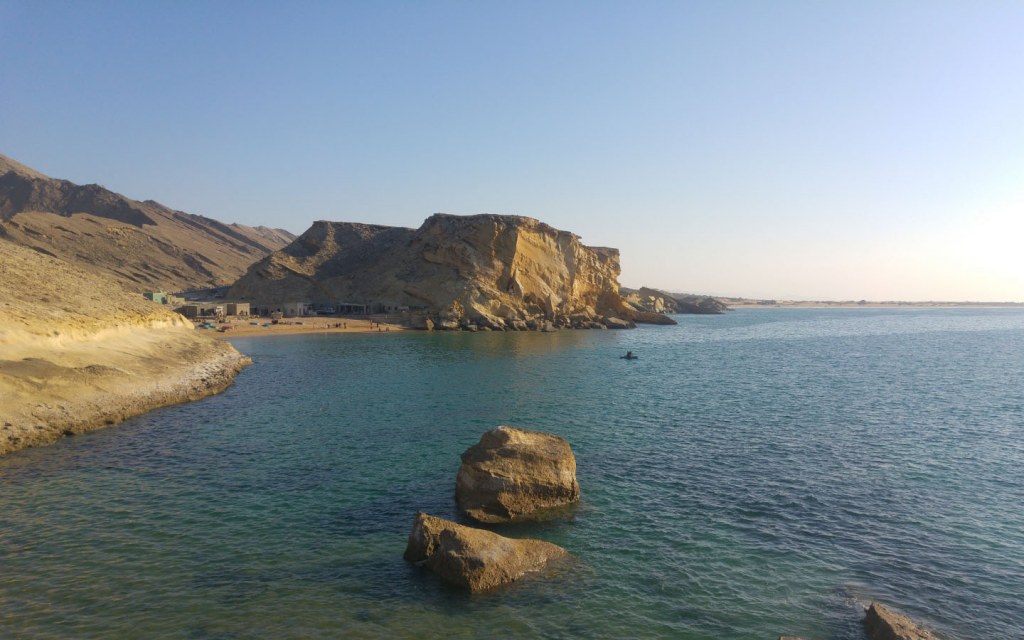
One of the key tourist attractions in Hingol National Park is Kund Malir Beach. The water of this beach is crystal clear, and a large part of it is still unexplored since it is quite far from the metropolitan areas of the country. For instance, Karachi, which is the nearest city to this natural reserve, is situated at a distance of around 250 kilometres from this natural beauty.
Pro tip: If you are planning a trip to Kund Malir Beach, then make sure to carry plenty of food, water, and fuel for your vehicle.
Hingol Mud Volcanoes

Hingol National Park is a treasure trove of natural attractions. One of the most amazing geological features of this wildlife reserve in Balochistan is the presence of mud volcanoes. There are three mud volcanoes in Hingol National park, located in one of its remotest regions somewhere in Lasbela District. One of them is an active mud volcano known as Chandracup. It is also a holy site for the Hindu community.
The locals living in the region know the exact location of these volcanoes and they can guide you to these amazing natural formations. The Sui Southern Gas Company (SSGC) installation is also the most prominent and nearest landmark to these Hingol Mud Volcanoes.
How to Get to Hingol National Park?
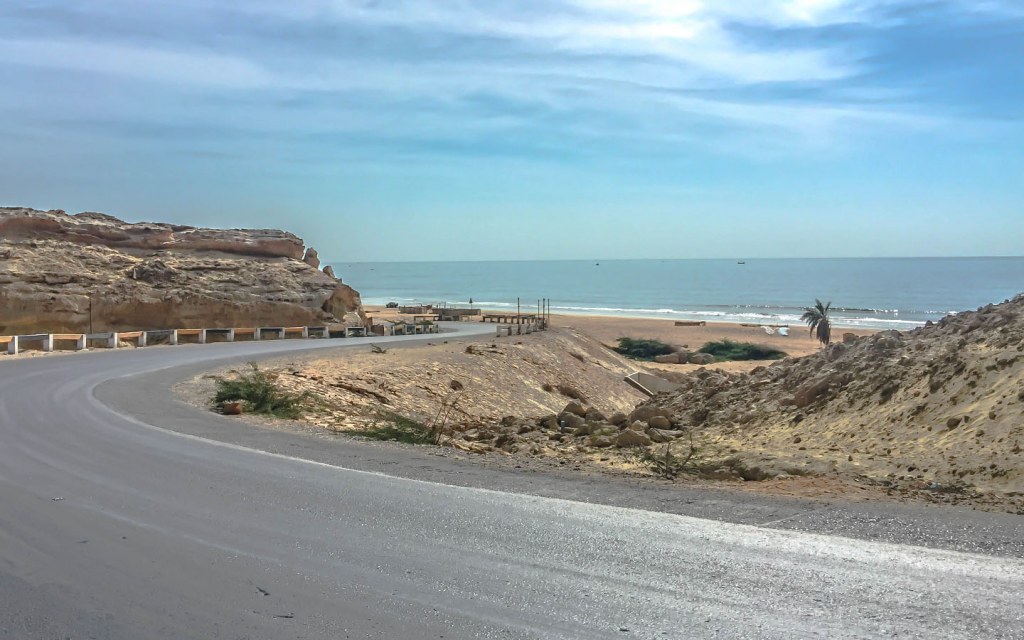
Whether you are travelling from any city in Pakistan or from outside the country, you will need to get to Karachi first to go to Hingol National Park. Located at a distance of 243 kilometers from Karachi, it will take you around 3.5 hours to reach the park if you are travelling by car via Makran Coastal Highway (N-25).
Wildlife Sanctuary
Pakistan is home to many unusual wildlife species, some of which are found in Hingol National Park. Counted among the most significant wildlife sanctuaries, the area is home to over 200 species of mammals, amphibians, reptiles, and birds. Some of the most popular wildlife species found in this natural reserve of Balochistan are Sindh Ibex, Golden Jackal, Sindh Leopard, Balochistan Urial, Pakistan Sand Cat, Indian Fox, Marsh Crocodile, Green Sea Turtle, Dalmatian Pelican, Egyptian Vulture, and Golden Eagle.
The weather of Hingol National Park
Since the region is a coastal desert, the climate of Hingol National Park mostly stays hot throughout the year, either dry or humid. The area is mostly barren, so the weather in the winter season can be bitterly cold. So, people travelling to this national park in Balochistan are advised to take apparel according to the running weather season along with them.
We hope that after reading the information mentioned above, it would be easier for you to plan a trip to Hingol National Park. You can even check out our travel guides on Swat, Ziarat and Gilgit Baltistan if you have plans to travel to any of these places any time soon.
Let us know what you think about this blog by writing to us at blog@zameen.com. To catch more of our blogs based on travel and tourism, subscribe to Zameen Blog, Pakistan’s top travel and lifestyle blog.



